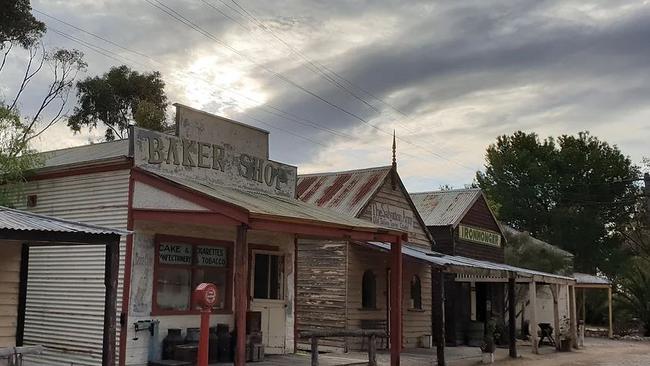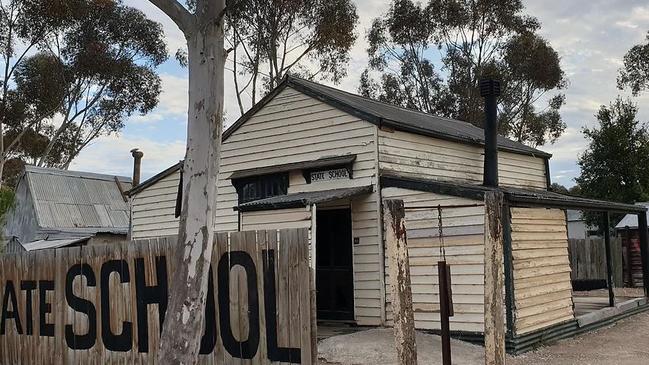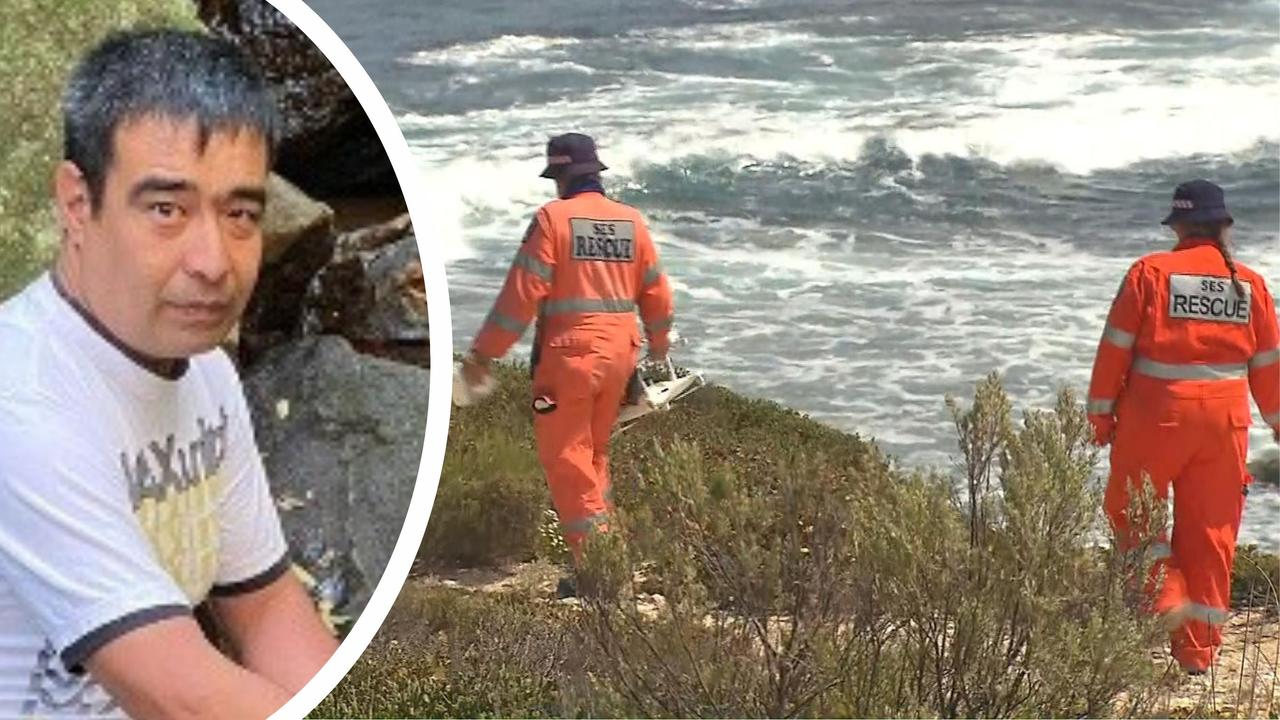Why going back on an old fashioned track is great for SA, according to Peter Goers
It’s both real and unreal. It’s as pristine as Disneyland and less phony. It’s one of SA’s greatest tourist attractions and it needs your love, writes Peter Goers.

SA News
Don't miss out on the headlines from SA News. Followed categories will be added to My News.
I’ve seen the past and it works. The Old Tailem Town Pioneer Village is a fantastic folly. Perhaps, like me and too many of us, you’ve driven past it and never checked it out. Often people promise themselves a visit but haven’t yet stopped. You hit Tailem Bend an hour into your journey eastwards and it’s too soon to stop or coming westward you’re nearly home. Happily, hundreds of thousands of people have enjoyed this extraordinary re-creation of our shared heritage. Finally, thanks to my wonderful mate Ronald Bannear who took me, I’ve been completely charmed by Old Tailem Town.

Its founder is the very spry, wiry octogenarian Peter Squires whose darting blue eyes are full of his realised dream he’s sharing with all comers. He’s a poet, an artist, one of life’s true adventurers and a character. He’s the sort of bloke (of a disappearing breed) who can turn his hand to anything and in 1982 he began to create Old Tailem Town on 101 hectares of an old family farm. It was his dream and he says “dreams are the stairs to show the way”.
People collect lots of strange things and Peter Squires collects buildings. Most of the 115 buildings in the 12 streets of his town are actual old buildings from obscure old towns which he’s transported and he’s built others and made a town which is now the largest pioneer village in the world. It opened in 1987 and, like Topsy, “just growed”.
Like all collections its personal, mad, extraordinary and inspiring. The two words you utter to yourself as you wander through this concatenation of the past are “wow!” and “how?”
Old Tailem Town is both real and unreal at the same time – it’s the world’s biggest stage set with no actors. Indeed, it’s an ideal film location and has thus been used.
For older folk its potent nostalgia and for the young it's a unique glimpse of Australian life of yore. Peter Squires squired us around but mostly you take self-guided tours and the signage, toilets and disability access are excellent. It’s as pristine as Disneyland and less phony, and there’s not a single weed in any of the immaculate garden beds. I swooned at the nostalgia of the pepper trees and ghostly gums stand sentinel over past, present and future. It’s also pet-friendly.
Every building you enter is chockers with all possible accoutrement. There’s an old wooden church from Wolseley (OK) near Bordertown replete with cemetery and collections of fire engines, tractors, trucks and barbed wire. See the old proof press from The News and an early street-sweeping vehicle from Burnside Council. There’s a morgue, cottages, a leather shop, a dentist’s surgery, a little country hospital, a butcher, baker (no candlestick maker), a barber/tobacconist, an emporium chockers with drapery and mercery, a cobbler, a telephone exchange, telephone boxes, a garage, an ironmongery, a pub, a Salvation Army Citadel, a railway station, rolling stock, a jail, and my two favourites – the old school house with bottles of free milk and a map off the world with the British Empire in red and an old country hall with a jarrah floor for dancing. There’s much more and it’s all full of ghosts of community, industry, commerce, resilience and joy. Sadly the picture theatre and the general store burned down but will rise again.
This is one of SA’s greatest tourist attractions and it needs your love. It is our shared past in all its dusty glory. It’s a great tribute to Peter Squires and his family and volunteers. As you leave Old Tailem Town after tea and scones, you see a sign telling us “welcome back to the real world and we wish you well”. We need those good wishes just as we need the past and the future. Bravo!
More Coverage
Originally published as Why going back on an old fashioned track is great for SA, according to Peter Goers





